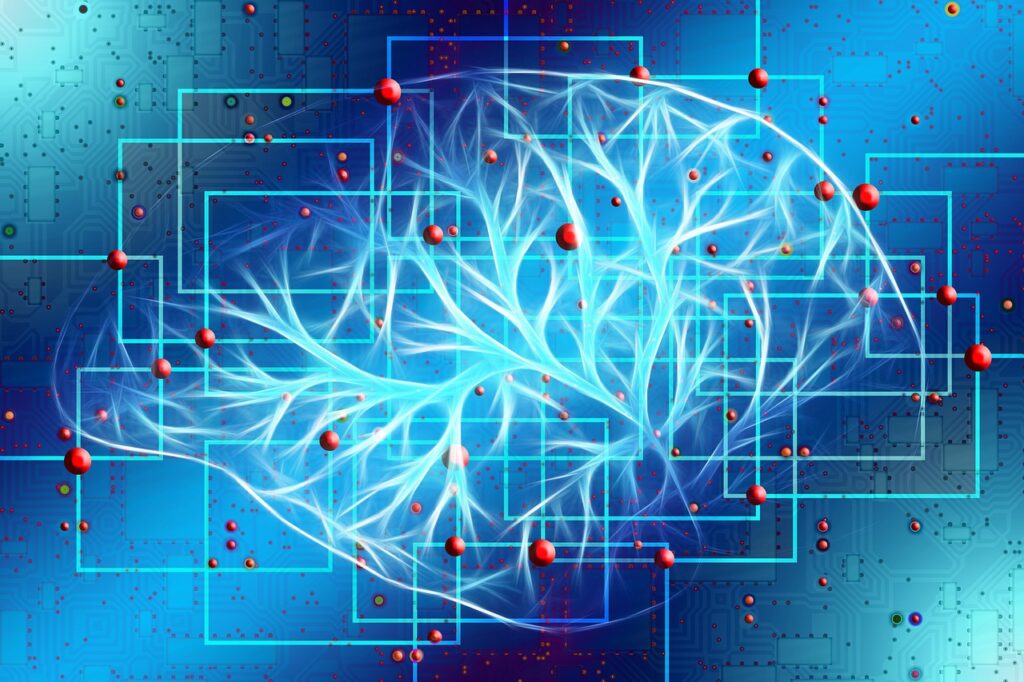Researchers from the University of Wisconsin–Madison (UW-Madison) successfully used a new technique to 3D print functional human brain tissue. Hence, the cells developed into functional neurons that communicated with each other. With this approach, scientists could be able to study brains, test drugs, or observe brain development. The method is described in the journal Cell Stem Cell.
Su-Chun Zhang, the study’s corresponding author, said, “This could be a hugely powerful model to help us understand how brain cells and parts of the brain communicate in humans,” adding that “It could change the way we look at stem cell biology, neuroscience and the pathogenesis of many neurological and psychiatric disorders.”
Instead of using the traditional 3D printing approach, the researchers created the tissue by printing one thin layer or band of cell-infused gel next to another horizontally. “The tissue still has enough structure to hold together, but it is soft enough to allow the neurons to grow into each other and start talking to each other,” Zhang said.
With this printed brain tissue, researchers could also be able to study cell-cell signaling in Down syndrome, as well as interactions between healthy and Alzheimer’s disease-affected tissue. This printing technique should also be accessible in many labs, since it does not require special bio-printing equipment or culturing methods.
“We printed the cerebral cortex and the striatum and what we found was quite striking,” Zhang said. “Even when we printed different cells belonging to different parts of the brain, they were still able to talk to each other in a very special and specific way.”
He also added, “Our lab is very special in that we are able to produce pretty much any type of neurons at any time. Then we can piece them together at almost any time and in whatever way we like,”
Article Source: University of Wisconsin
Image by Gerd Altmann from Pixabay






